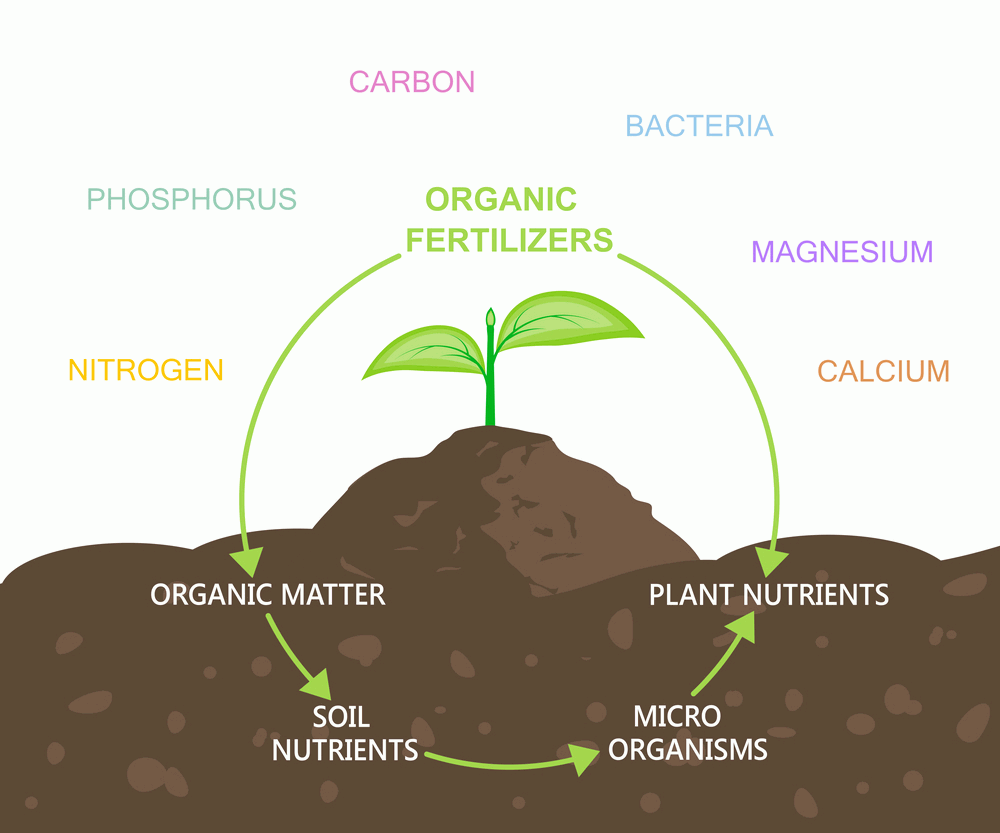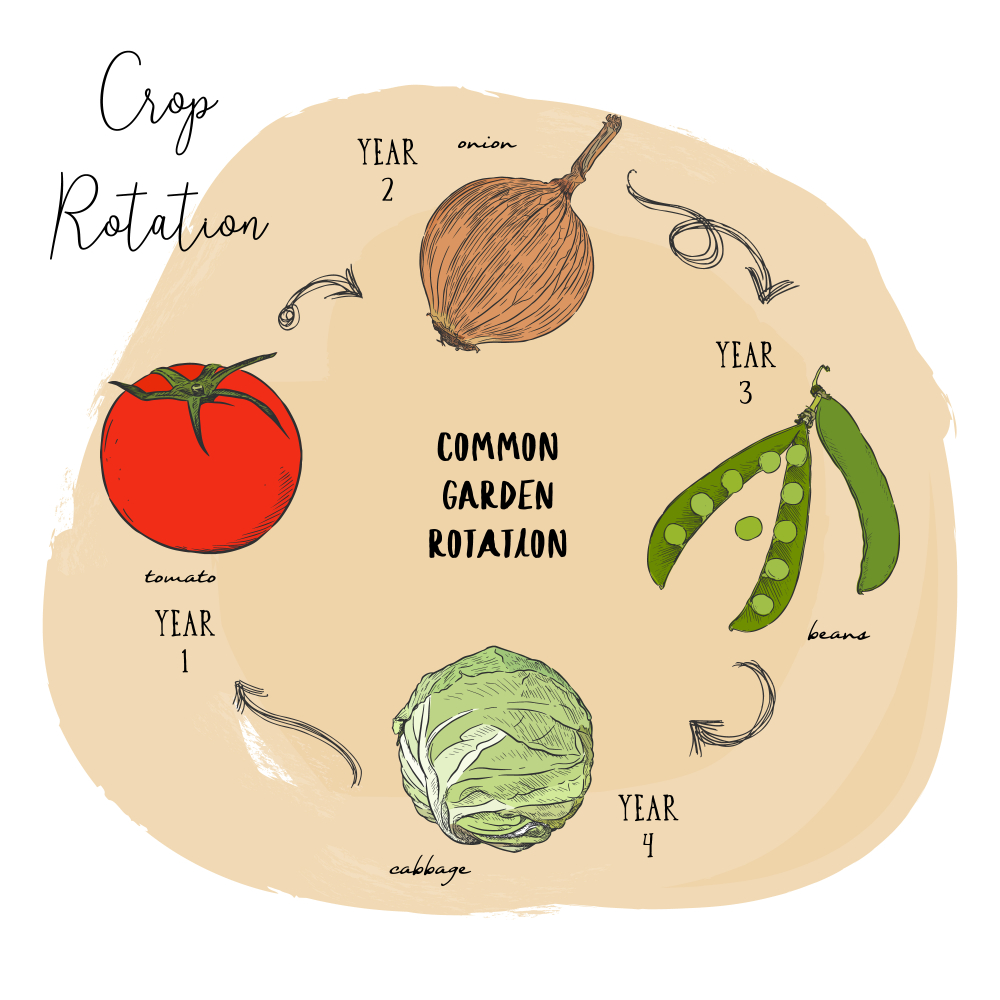

The charm of snapdragon flowers in gardens is strong but fleeting, as these flowers are cool weather annuals that quickly fade when summer turns up the heat. However, this plant is a lookalike plant ready to stand strong in landscapes long after the last snapdragon has wilted. The fruity scent of this plant is a bonus and is especially strong on hot summer evenings.
How to Grow Angelonia Plants
The tough nature and long-blooming habit of angelonia plants make them a staple in summer flowerbeds. The grape scent and nectar-rich flowers attract pollinators to the sunny garden, and the low-care requirements mean your plants will greet you with blooms after a week’s vacation.
Light
:max_bytes(150000):strip_icc():format(webp)/25738211164_de85d548a7_o-0c7833afa9044a82b28404297becab54.jpg)
:max_bytes(150000):strip_icc():format(webp)/25738211164_de85d548a7_o-0c7833afa9044a82b28404297becab54.jpg)
Give your angelonia plants a full day of sun to provide the energy plants need to bloom continuously. Plants that don’t get at least six hours of direct sunlight will get leggy and will have sparse blooms.
Soil
These plants are tolerant of a wide variety of soils, but a soil rich in organic matter will reduce watering and fertilizing chores. Plants need good drainage to prevent root rot, so if you have heavy clay consider growing angelonia in raised beds or containers.
Water
These plants are tough and will keep on blooming through periods of drought. Water when the top of the soil feels dry. Additional moisture is fine if the plants have good drainage.
Temperature and Humidity
:max_bytes(150000):strip_icc():format(webp)/9656053268_cd594f676e_o-fb507dbbeb0b4ebb944a2df27f2b78c2.jpg)
:max_bytes(150000):strip_icc():format(webp)/9656053268_cd594f676e_o-fb507dbbeb0b4ebb944a2df27f2b78c2.jpg)
These plants love hot summer weather and high humidity. They thrive in the deep South when sultry conditions dominate. These plants also fare well in the Southwest, with a little extra watering.
Fertilizer
Fertilize your angelonia plants monthly, as they are light feeders and too much fertilizer will cause an overgrowth of foliage at the expense of flowers. You can also choose a balanced flower fertilizer with a timed-release mix of a 10-5-10 or 12-12-12 fertilizer at planting time, which will eliminate the need to fertilize again.
Varieties of Angelonia
:max_bytes(150000):strip_icc():format(webp)/1199170992_537a3e80de_o-2167a0c22bbe45bb8e89aa34afe970bb.jpg)
:max_bytes(150000):strip_icc():format(webp)/1199170992_537a3e80de_o-2167a0c22bbe45bb8e89aa34afe970bb.jpg)
The ‘Angelface Cascade Blue’ has both height and a cascading habit, giving it a dual role in container gardens. The ‘AngelMist’ series acts as a ground cover, reaching only 4 to 10 inches but spreading up to 20 inches. Angelonia ‘Serena’ and ‘Serenita’ are the only varieties available as a seed to consumers.
Toxicity of Angelonia
Angelonia has no known toxicity to pets or people but is not meant to be eaten. Plant toxicity is dose-dependent, and consuming large amounts may cause side effects.
Pruning
Unlike many annuals, angelonia plants don’t require deadheading to promote blooming. However, cutting the plants back promotes bushier growth.
Potting and Repotting
Pot up your angelonia plants in late spring when evening temperatures are warm. Use a commercial potting soil, which will provide the right acidity and drainage. Angelonia plants have small root systems, and won’t need repotting when grown as annuals. Repot plants that have overwintered in the spring to refresh the growing medium.
Propagating
Angelonia is easy to propagate with stem cuttings. Take a 3-inch clipping from the tip of an angelonia stem. Choose a cutting with no flowers. Strip all but the top pair of leaves from the cutting, as the stem cannot support the extra leaves without a root system. Dip the cut end in rooting hormone, and insert it into moist potting soil. Keep moist, and when new leaves begin to form, your new plant is ready for the garden.
Being Grown in Containers
The constant blooms and tidy, self-cleaning habit of angelonia plants make them ideal for container culture. Take advantage of angelonia’s appeal to butterflies and hummingbirds with some pool or patio planters. Large containers, at least 18 inches, won’t dry out as fast as smaller containers will.
Growing From Seeds
Angelonia seeds are very fine and difficult to handle, so look for pelleted seed, which has a coating that dissolves after planting. Start angelonia seeds indoors about six weeks before the last frost. Press them into the sterile potting soil, but don’t cover the seeds, as light aids germination. Keep seeds moist, and provide bright light and a temperature between 70 and 75 degrees Fahrenheit. Germination will occur in one to three weeks. Space seedlings 8 inches apart in the garden.
Common Pests/Diseases
Aphids can be a problem on angelonia plants, especially early in the season when plants are in their rapid growth phase. A light misting of insect soap twice a week will knock the pests out before they get a chance to deform your plants.
Angelonia vs. Snapdragon
:max_bytes(150000):strip_icc():format(webp)/GettyImages-135607965-f5fc5e58ff8b439eb0c6cc8320ce09e7.jpg)
:max_bytes(150000):strip_icc():format(webp)/GettyImages-135607965-f5fc5e58ff8b439eb0c6cc8320ce09e7.jpg)
Although some gardeners consider angelonia plants as an alternative to snapdragons (Antirrhinum), the two plants aren’t in the same genus. Snapdragons are available in a wider range of colors than angelonia flowers, including warm yellow and orange hues you can’t find in angelonias. Snapdragons have larger blooms that reach their peak in spring, while the small angelonia blossoms grow best in hot weather. For the longest flower show, start with snapdragons, and follow with a planting of angelonias when the summer heats up.














